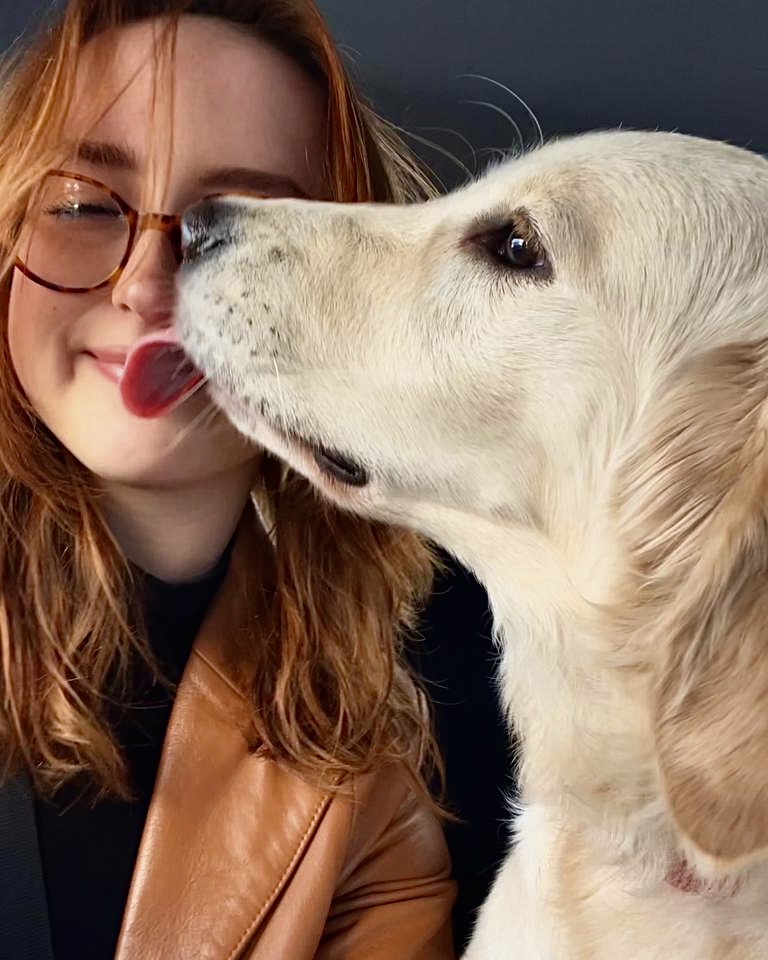
If you follow my Instagram page, you’ll know that my dog gets a starring role in many of the pictures I post. Aside from raising my human children, raising sweet pups that always have my back is one of the things I am most proud of.
If you are thinking of bringing a puppy into your life or already have wheels in motion to do so, it’s the ideal time to start thinking about training. If you are not sure where to start, here are my top tips for what to have on your radar.
Keep feeding time calm
Young puppies need to eat regularly and well to keep up their energy. If a young puppy misses just one meal, it can seriously affect its health. One of the best ways to keep them fuelled up is to set regular meal times in a calm and safe environment.
When it comes to picking what to feed your puppy, choose a specially formulated puppy food that is high in protein and good fats to give your four-legged friend the best start in life. For meal times, it’s a good idea to keep kids out of the picture and distractions to a minimum so your adorable bundle of joy can concentrate on their dinner.
Socialising
Dogs are sociable creatures and learn a whole lot of life skills from playing with other dogs. This means it’s important to start introducing them to other dogs of all ages and sizes as soon as you safely can (i.e. once they have had all their vaccinations).
If you have friends or family who have dogs of their own, that’s a great place to start! Check out local parks to see if they have dog areas or find out if there are any local groups where dog owners get together. You can often find breed-specific groups too.
To chew and not to chew
It’s no secret that puppies like to chew on things, and while using their mouths to gnaw and play is normal, it can easily become a troublesome and painful habit. When puppies are playing with littermates or other dogs, they quickly learn when a play bite becomes a painful bite. You need to react in the same way when playing with your pup. Stop playing and even act hurt when a nibble becomes too hard.
Make sure your pup has access to chew toys they can chow down on. This will help them with teething pain and has also been shown to reduce anxiety in older dogs and puppies. By giving them a clear outlet for their natural chewing instincts, your shoes, walls and furniture are more likely to avoid the chomp.
Short and sweet training sessions
You can start training your pupper from a very young age, but it’s always good to not make your training sessions too long. In the beginning, spending 5 – 10 minutes is the perfect amount of time. Any longer, and your doggo will lose interest. Rewarding good behaviour with treats is always helpful, but it’s more important to always make sure to verbally praise your furry friend too. This means that as your relationship grows, a verbal reward will be just as good as a tasty snack.
Always end training sessions on a high. If you and your new friend have trouble with a certain command, change things up and end with a command they do know. This way training will always be something they look forward to.
Toilet training
When training puppies, toilet training is the first thing that jumps into people’s minds. After all, how long do you want to be picking up puppy-sized poos and mopping up accidents for, really?
Establishing a consistent routine from the get-go is one of the best things you can do to set yourself and your pupper up for toilet training success. This means serving meals at the same time and following them up with a walk outside. It’s also helpful to head outside after your puppy wakes up from a nap or has a lot to drink.
Puppy pads can also be helpful, especially if you live in a flat or when your puppy is very young, and their bladder is not that strong. If you decide to use puppy pads, ensure they are always in the same place and actively take your puppy to them the same way you would take them outside.
The old-fashioned way of toilet training was to scold your dog and rub their nose in any accidents they had. Please don’t do this! Positive reinforcement will always be better than ranting and raving about mistakes. Treat and praise your puppy when they go in the correct place.
Puppy classes
Lastly, consider puppy classes. These are a great way to do a lot of the above tips! Socialise your furball, meet other puppy owners, do some basic training and get the benefit of working with a professional. I would highly recommend this option if it’s available in your area.
Armed with this info, I hope you are even more excited to start creating a lifelong friendship with your dog. Remember that training should be fun! It’s a great bonding experience for you and your puppy and will help show you just how amazing they are!
